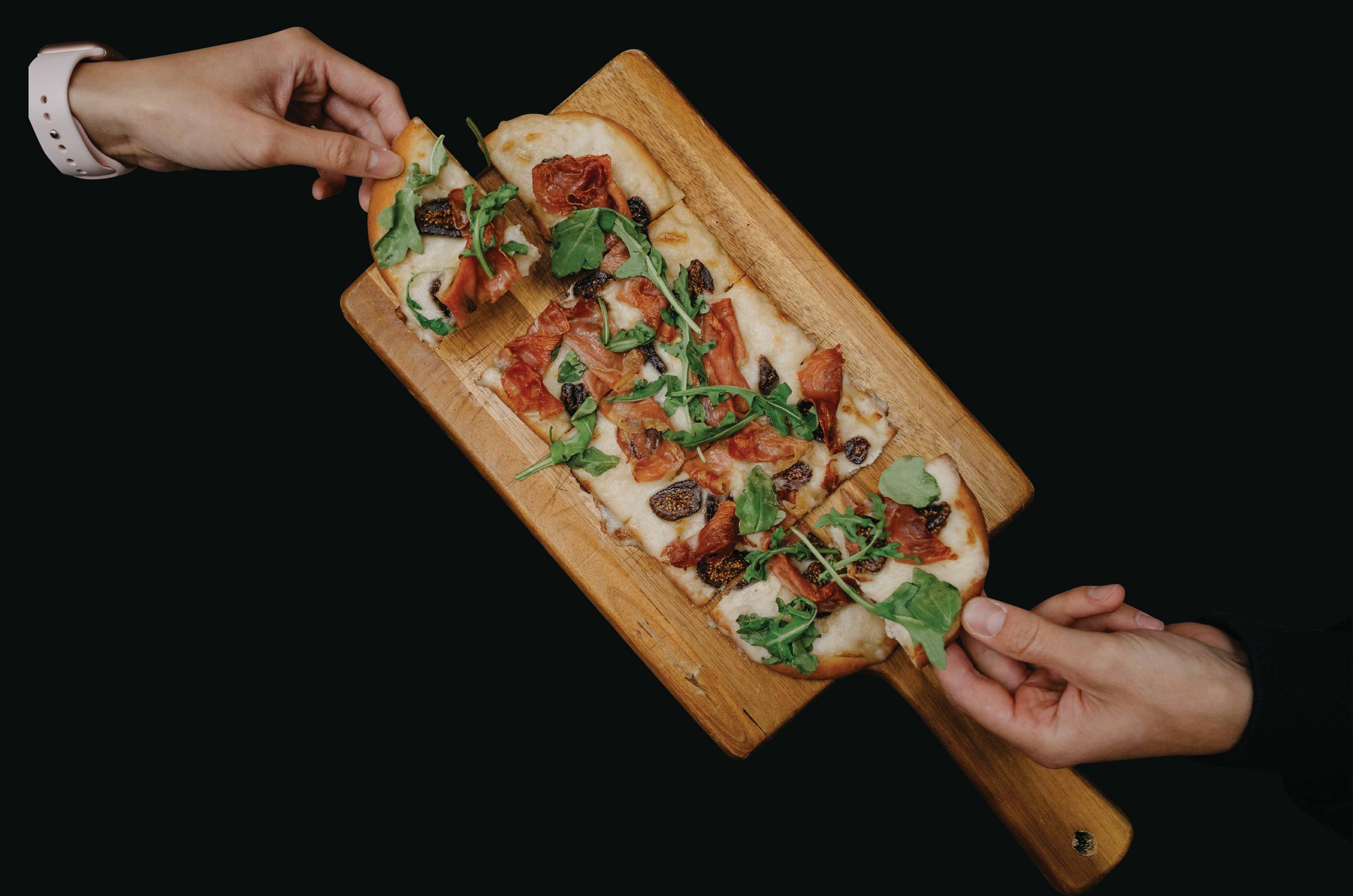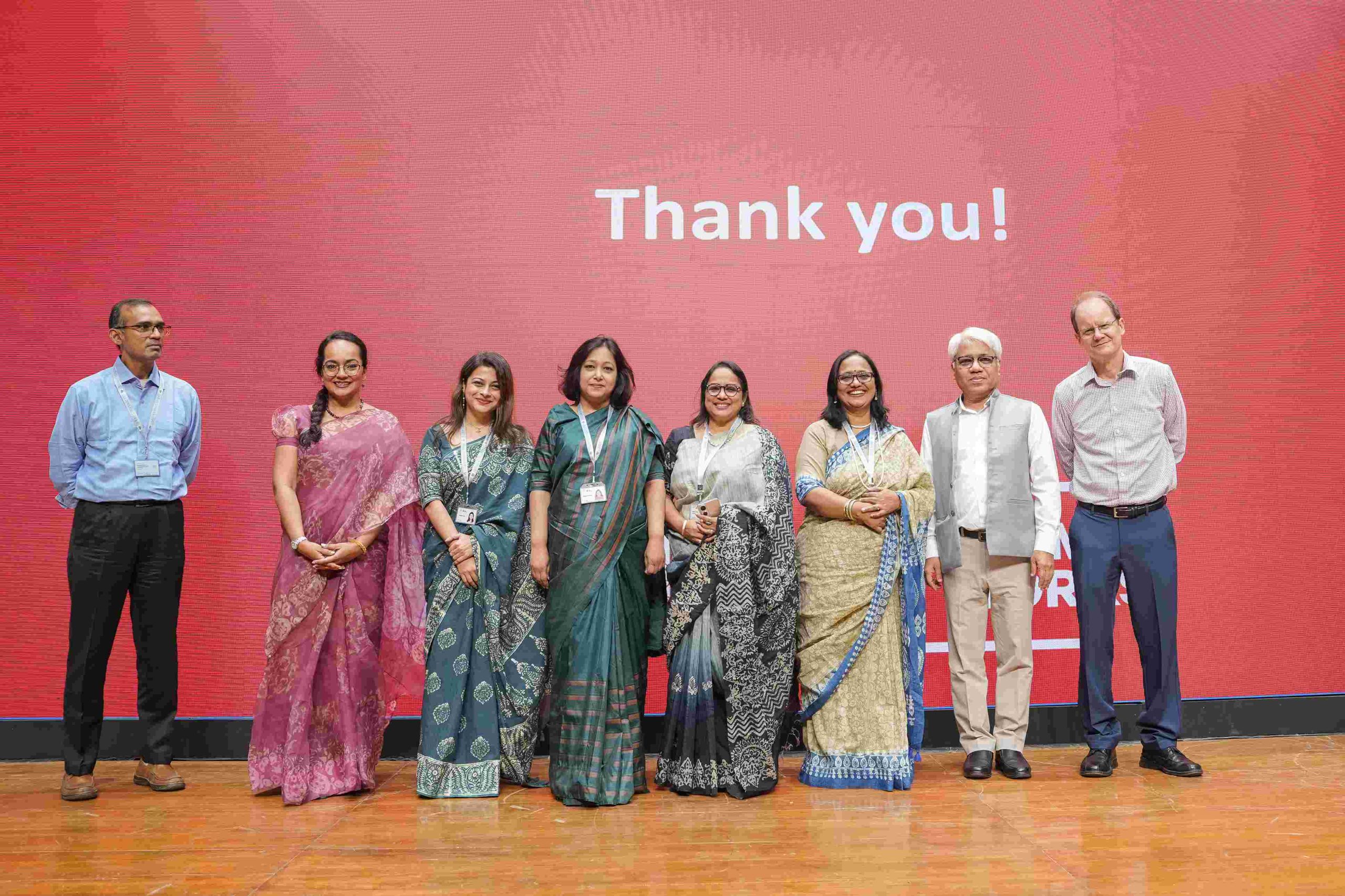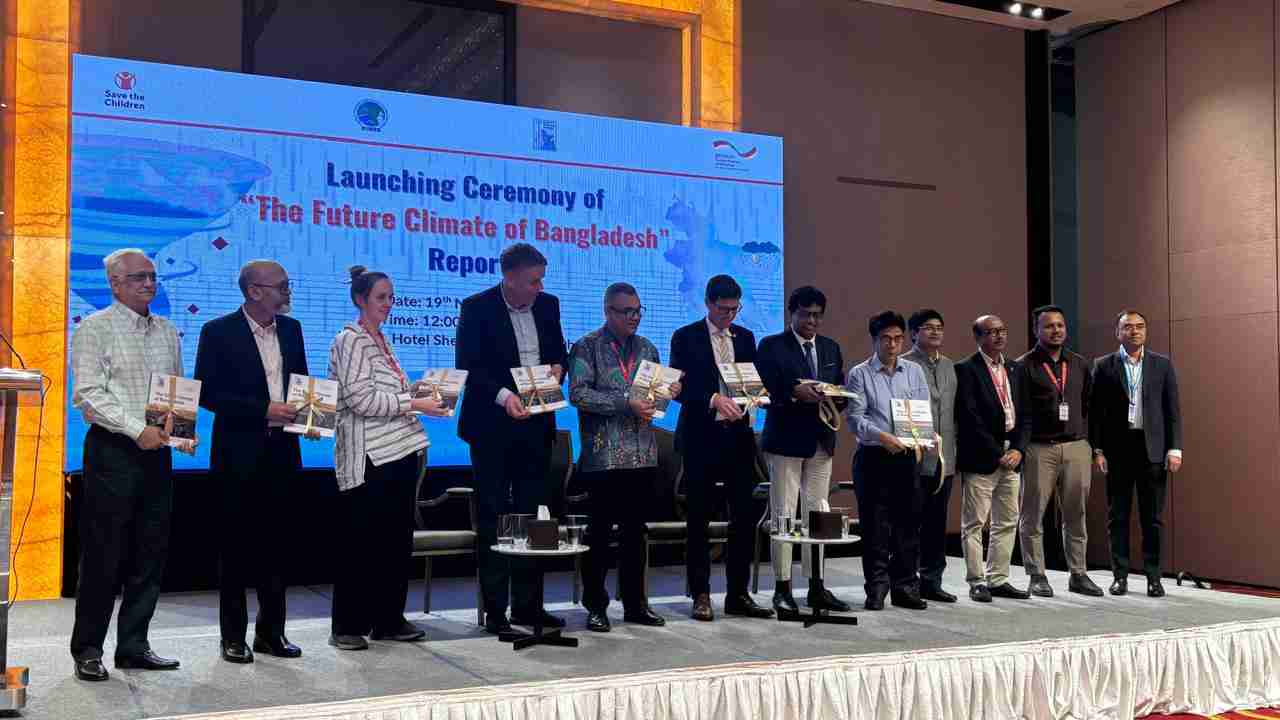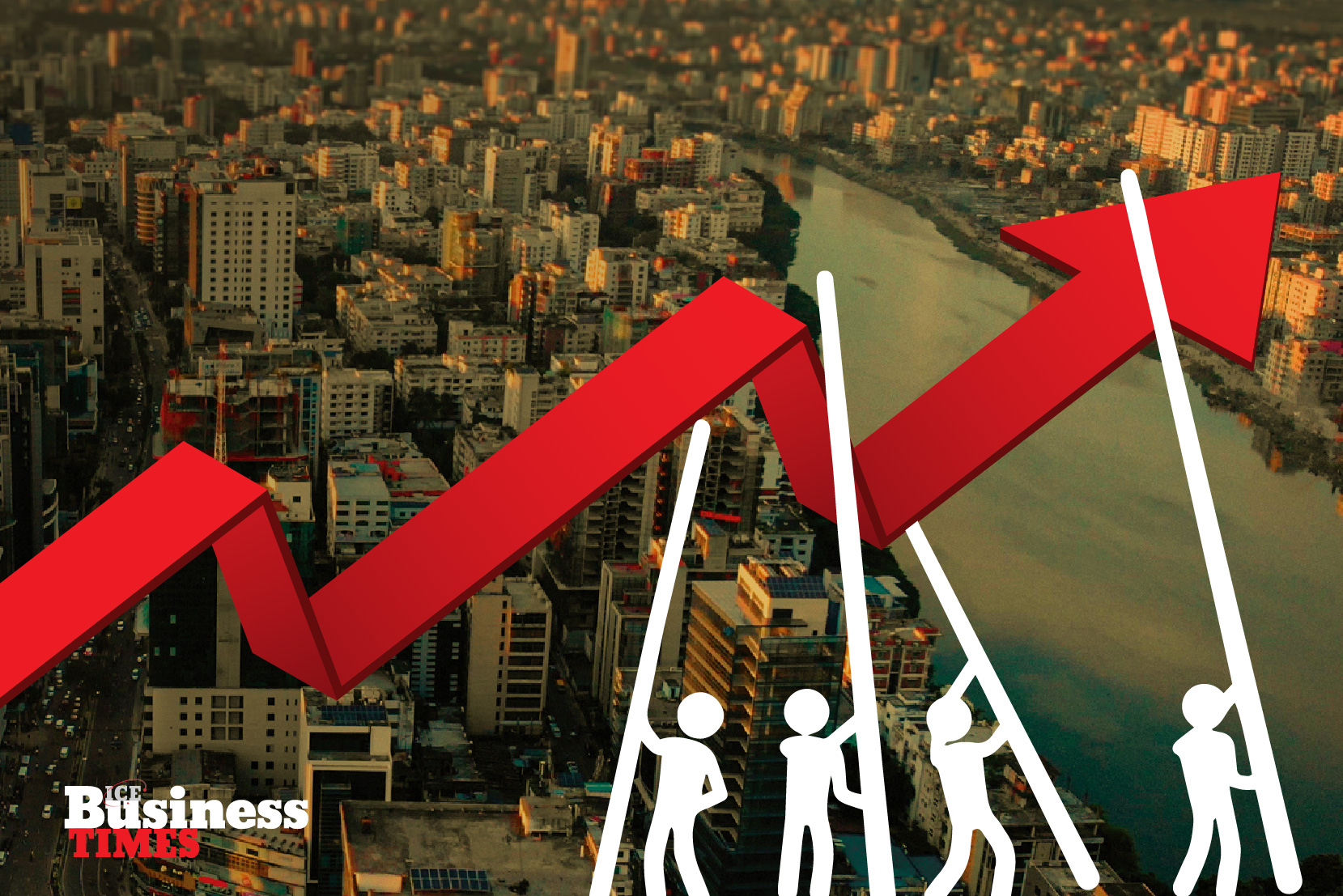Technological solutions that are saving expenses, speeding up delivery, and improving customer service in the food and beverage industry.
Automation and digitalisation have made it possible for businesses to reach a broad audience, provide more in-depth recommendations, create innovative new products, boost user engagement, and work efficiently. The use of technology within the food business has grown significantly over the past several years.
TRACKING AND DOCUMENTATION
Technology allows us to digitally trace ingredients from the farm to the factory, from the distributor to the store and finally to the end customer. Distributors of food and beverages can now be more forthright with their clientele to add to the value proposition. Moreover, most restaurants keep track of basic sales statistics like the number of food items sold, the average price per item, the average tip, and the total food and drink sales for each night. “Point of Sales” (POS) software makes this process autonomous and includes additional information such as the time and location of sales. A POS system for a restaurant is also used to manage the business’s cash flow, including payment methods and documentation. Restaurant owners and caterers can monitor sales in real-time thanks to the integration of digital resources with cash registers and online orders. No paperwork must be added up, no numbers need to be tallied, and no spreadsheets need to be filled out. With the digital nature of the world, people may easily combine multiple channels for monitoring sourcing, compliance, and transactions.
CONCIERGE EXPERIENCE
The internet is a treasure trove of data not only for businesses but also for consumers. Descriptions such as ingredients and nutritional information are readily available from blog posts, social media platforms and customer reviews. While delicious cuisine and a friendly atmosphere are essential, excellent customer service is paramount to a great restaurant experience. Therefore, trust in a brand’s legitimacy, and quality might grow with this newfound openness.
We now have apps to recommend restaurants that offer great dining experiences, taking into consideration factors such as budget, time and location. Other technologies have also been utilised to make the customer experience convenient and efficient. For example, KFC uses digital menu boards programmed by Raspberry Pi microcontrollers to update prices, offer specials, and take orders. As a result, orders come out faster with fewer mistakes during meal preparation.
From a business perspective, digital menu boards are great for mining data. Considering how much information is needed for strategic decision-making to enhance customer experience, this innovation opens doors to invite further technological integration such as using AI algorithms for forecasting trends.
A ‘GHOST KITCHEN’ IS A RESTAURANT THAT DOESN’T OFFER TABLE SERVICE AND RELIES ENTIRELY ON TAKEOUT AND DELIVERY ORDERS. THE FINITE SCOPE OF OPERATIONS IS ACTUALLY THE BIGGEST COMPETITIVE ADVANTAGE THAT THESE ONLINE-ONLY ORDERING AND DELIVERY MODELS ENJOY.
ENHANCED SECURITY
Data analytics help determine which menu items are successful, which dishes are back in style, and which ones may benefit from specials and discounts. But the concern is with the hardware that is used to collect these data as their security protocol directly affects safety and security concerns.
Thankfully, cybersecurity measures are constantly improving. As update patches are rolled out, data mining outlets are automatically able to download and install them. Even devices which do not have detailed user interfaces come equipped with their own form of anti-virus software. Additionally, system administrators and operators have the option to enable two-factor or multi-factor authentication adding another layer of security from hackers and intruders.
Current technologies use end-to-end encryption to protect sensitive information while in transit. There might be a concern that older devices may not have this functionality, which makes upgrading these systems even more imperative. As a last line of defence, firewalls nowadays are able to bar malicious entry, thanks to an increasing number of user reports for automatically updated security databases.
RESTAURANT ROBOTICS
Robots are being used in the hospitality and restaurant industry in several nations, including China, South Korea, Japan, and the United States. These establishments have reported higher efficiency, hygiene, and customisability thanks to these robots. Fast food and hot beverage industries are seeing increased utilisation of this technology, while restaurants are testing out possible use cases for servers, bartenders and kitchen assistants. Human operators are still needed for most robotic restaurant systems, but soon enough, robots will be capable of maintaining the workflow on their own, unsupervised.
GHOST KITCHENS ADDING REAL VALUE
A ‘ghost kitchen’ is a restaurant that doesn’t offer table service and relies entirely on takeout and delivery orders. The finite scope of operations is actually the biggest competitive advantage that these online-only ordering and delivery models enjoy. They save money on rent and staff, but the ordering process is identical to any other restaurant. Customers may reach the restaurant via its website, phone, or a third-party delivery app. Forecasts made pre-COVID predict this industry to increase from USD 43 billion in 2017, USD 467 billion in 2025, and USD 900 billion in 2030. But after the mass migration during the pandemic, this is one of the few sectors in the food industry that’s currently expanding.
QUALITY CONTROL AND ASSURANCE
Monitoring systems have recently started using computer vision systems for higher accuracy in identifying quality-compromising parameters. From determining the freshness of raw materials to checking for gaps in the seals of packaged goods, machines are able to ensure that standards are met at every stage of production.
Optical character recognition (OCR) models are now being used to train computer vision systems to read previously illegible documents, which have allowed businesses to make digital copies of previously hand-written receipts. While some may see old data as obsolete, this digitisation effort can help expand datasets to train artificially intelligent systems and make very good predictions about food trends.
FULL SPEED AHEAD
The integration of technology in the food and beverage industry is showing no signs of slowing down. With rising demands for good quality food, human resources are becoming more expensive and consumer expectations are increasing every day. On the other hand, technology is becoming more accessible, reliable and cost-effective. Businesses have been quick to adopt it, and with such a breakneck speed of advancement, it is expected that the industry will very soon transform into a highly digitised model.
















